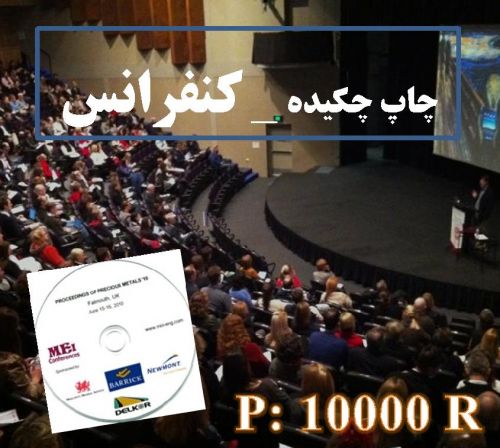Abstract—The efficiency coefficient of grout curtain is a quantitative parameter that is pore pressures on both sides of grout curtain and rate of pore pressure drop to the downstream direction are compared. That is significant in terms of ensuring the safety of dams and conserving water resources. Efficiency coefficient of grout curtain is obtained from the difference between upstream and downstream piezometers divided by the difference between reservoir level and piezometer installation level. According to the analysis conducted in this study on 11 dams in Iran, the effect of the experimental parameters and then all parameters using the software SSPS has been reviewed and approved. Then, due to new parameters in addition to the xperimental parameters seemed to influence the grout curtain performance using SPSS has been verified. In the first step and first stage the effect of each parameter experimental relationship such as upstream and downstream piezometer water level, reservoir water level and piezometer installation level were assessed independent on grout curtain efficiency. The only correlation parameter piezometers downstream water level in the 0.877 and the correlation with other parameters independently on grout curtain efficiency performance was poor. Then the next step is to evaluate the effect of these experimental parameters, linear and nonlinear correlation coefficient of 0.949 and 1 was obtained using SPSS software. In the second step the non-linear coefficient of such as dam height, lugeon values, piezometer installation depth and the horizontal distance of piezometer installation using the SPSS and neural network models respectively 0.8 and was 0.836. Comparing the results of regression modeling and ANN showed that neural network is a powerful tool to predict grout curtain efficiency
کلید واژگان :Artificial Neural Network, Grout Curtain, Lugeon, Piezometer, SPSS.
ارزش ریالی : 100000 ریال
با پرداخت الکترونیک
جزئیات مقاله
- کد شناسه : 7150994898082188
- سال انتشار : 2015
- نوع مقاله : چکیده مقاله پذیرفته شده در کنفرانس ها(فایل کامل مقاله بارگزاری گردد)
- زبان : انگلیسی
- محل پذیرش : World Academy of Science, Engineering and Technology (ICCCISE)
- برگزار کنندگان : London
- تاریخ ثبت : 1396/08/15 09:46:20
- ثبت کننده : محبوبه ازغدی طوسی
- تعداد بازدید : 202
- تعداد فروش : 0
